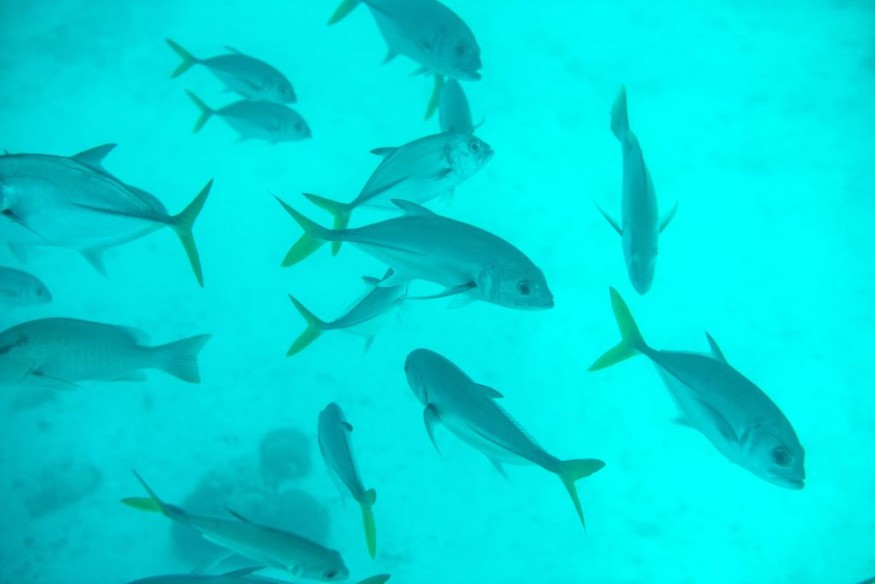
A study reveals a sad reality that only one-third of the biggest marine protected areas (MPAs) in the world presently have a significant conservation efforts.
Conservation And Protection
Marine conservation is becoming more and more about the art of keeping people out of certain oceanic regions. Government efforts to do this are typically modeled after marine protected areas, which are large portions of the sea reserved and managed to protect marine life and its habitats.
The study, which was carried out by a global team of researchers under the direction of the Marine Conservation Institute in Seattle, Washington, concentrated on the top 100 MPAs worldwide, which combined cover more than 7% of the ocean's surface.
The researchers discovered that only 2.6 percent of the world's ocean area-roughly one-third of these MPAs' total area-is fully or highly protected. They discovered that a third of the areas within these MPAs were open to damaging operations like industrial fishing and mining, which rendered them fundamentally irreconcilable with conservation.
A further 25% of the protected areas they examined were classified as "paper parks," which means that although these maritime areas had been formally suggested or named MPAs, no further conservation actions had been taken. For instance, other than being designated as a protected area, more than 60% of the OSPAR MPA network, which collectively occupies around 7% of the Northeast Atlantic Ocean, doesn't seem to have benefited from any protection efforts.
These results are diametrically opposed to the 30×30 proposal, which calls for the protection of thirty percent of the world's lands and waterways by 2030 and was agreed upon by 188 states in the Kunming-Montreal Global Biodiversity Framework, which was endorsed during the United Nations Biodiversity Conference (COP15) in December 2022.
Although the 7 percent of the ocean that will be protected by 2024 already falls short of the 30 percent that must be protected by 2030, this new analysis raises doubts about whether the states that signed the COP15 accord have made even that much progress.
The researchers combined information from the publicly accessible World Database on Protected Areas, which counts MPAs and their coverage as they are officially recognized by governments all around the world, to compile these findings. They then distinguished between the categories based on their practical efficacy using The MPA Guide, a set of assessment standards based on scientific research.
Lack Effectiveness
Mark Spalding, president of The Ocean Foundation and an authority on ocean law said the report confirms everything that marine scientists believe about lack of political will, lack of financial resources, and lack of effectiveness of MPAs.
"We need to have the government, the will, the strategy and the financial resources put behind marine protected areas to make them actually effective," he added.
Even though the current study only looked at the biggest MPAs in the world, many ocean experts think smaller MPAs are equally significant.
This may be partially due to the fact that smaller areas-particularly those with substantial human traffic and high biodiversity values-are simpler to reconcile with the demands of the sea from human activity.
Even though most governments are falling short of the 30x30 goals, there has been debate over the goal itself. Many environmentalists seek to make sure that MPAs maintain the quality of their protection in addition to its quantity.
© 2025 NatureWorldNews.com All rights reserved. Do not reproduce without permission.





